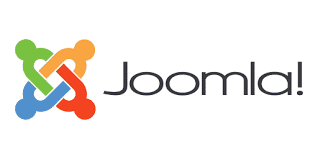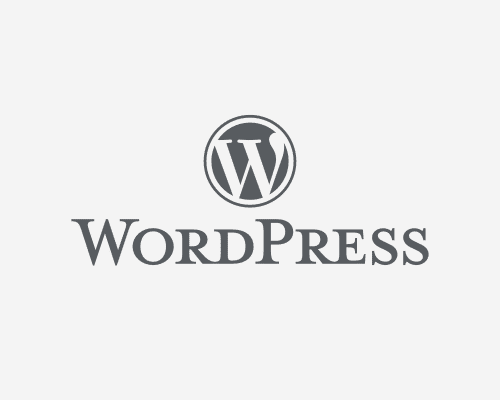How to Check the SEO on a Joomla Website for Performance
SEO is an acronym for Search Engine Optimization. It refers to the process of improving a website’s ranking in search engine results pages (SERPs).
The first step in SEO is keyword research. This entails using tools such as Google Suggest, Google Autocomplete, and Keyword Planner to find out what people are searching for on the internet. You will then want to research which keywords you want your site to rank for and create content that is relevant to those keywords.
The second step in SEO is link building. Link building entails getting other websites with high domain authority to link back to your site so that it will be more visible when people search for the keywords you are targeting.

What is the Joomla website?
Joomla is an open-source content management system (CMS) for building websites, blogs and web applications. It is written in the PHP programming language and released under the GNU General Public License.
The Joomla CMS has a wide range of features that allow you to build anything from your personal blog to a large-scale enterprise website.

Tips to Achieve Higher Rank in SERPs
Configuration of Joomla Globally
Make sure that you review all SEO-related items in your global configuration settings if your site is already live.
The .htaccess is the Joomla version that works best! Look for it in the Joomla installation files and rename it to .htaccess. and mod_rewrite.
Fill out the required parameters on the Global Configuration screen. For performance options, choose the System and Server tabs, and set Cache to On. Select Conservative is caching for best results. Finally, indicate whether you want pages compressed with Gzip.
Structure of internal links
Whenever you write content for your site, link to other content, you want to rank. Boost the time users spend on your website by complementing the current topic.
Your internal links increase your search engine ranking over time by sending positive signals to search engines. Internal linking allows a good ranking page to pass “link juice” to other pages. Make sure your menu links are featured with each URL you want to receive page rank juice.
Configure Joomla’s site map
Sitemaps in XML format (of all articles and pages on your website) can be indexed by search engines like Google. Whenever you update your content, you can create an XML sitemap with 3rd-party Joomla components.
Additionally, an HTML sitemap is a good idea. You can view all the pages on your entire site on this publicly accessible page. By crawling HTML sitemaps, search engines can index and crawl your subpages more effectively.
Google Search Console (GSC) and Bing (Webmaster Tools)
Follow the directions in Google Search Console (GSC) to register your Joomla site. Please submit your XML sitemap to Google Search Console and Bing Webmasters by indicating crawlers to fetch it in GSC. To submit your sitemap, click the links, verify your domain, check the sitemaps tab, and then add its location directly on the sitemap.
Optimise Anchor Text
Links leading to external resources should be clearly defined on your website so that your visitors know what they are linking to and so that they do not become spam. By including the keywords on your home page or landing page, you will be able to profit from the hyperlink. Links contain ‘anchor text,’ which is the text of the link within the hyperlink. Be careful not to violate Google’s best practice guidelines when creating links.
Optimise Images for SEO
Don’t neglect to optimise your images for SEO or page speed. Start doing this at the beginning. You need to make sure that you set up the image with the proper file type, size, resolution, and name on your computer or mobile device.
Even mobile browsers with slow connections should be able to access and download it. The quality of your image should be set to 60% to 75%, so your web page will load quickly and save you many kilobytes (kB). If you’re going to use the image for a particular purpose, crop it to the exact size you need.
When adding an image to your Joomla article, make sure to add a title and description to the ALT attribute. When the filename is already relevant, you can use it as the alt-text in the JCE-editor.
Manage Metadata
Despite the fact that Google no longer uses meta keyword and meta description tags as ranking factors, your meta descriptions and keyword tags are still important to SEO.
Metadata can be edited for each article and menu item in Joomla! Pages. Manually edit the titles and descriptions of each menu item. In search results, your site’s first line is comprised of the title element, found in HTML.
Google’s search results contain two lines of description for your website. This is called the meta description. Meta keywords are not used by Google, but others are. Using these fields can be beneficial. When including keywords in your keyword field, make sure that you stick with one primary keyword phrase rather than attempting to include every possible keyword.
Optimise the “About Us” Page
In terms of ranking content, Google gives preference to sites with “real” businesses. Physically located companies rank higher on the search engine. A well-optimized contact page, about us page, and other landing pages will establish legitimacy and authority.
Please include your business name, address, telephone number, and email address as part of your content page. You can connect your NAP with your local account on Google My Business (GMB). Make it easier for Google to read by using microdata. You can link your local business to your contact page with an embedded Google Map.
Include a “Privacy Policy” and a “Terms and Conditions” page
Authentic companies provide their privacy policies as well as their terms and conditions. In comparison to those sites without these policies, your website will appear more legitimate in the SERP.
Conclusion: How can you improve your SEO in Joomla and WordPress

There are many ways to improve your SEO in Joomla and WordPress. Here are some steps that will help you get started:
- Add SEO metadata to each article, including title, keywords, description, and other information.
- Optimize the URL of your website by using keywords in the slug and adding a sitemap with all of the URLs for the site.
- Add tags to each article so that it is easier for search engines to find them when they crawl your site.
- Add a robots.txt file that allows search engines to crawl all of your sites if they want to index them. The file can also be used to block certain pages and directories from being crawled by search engines if you don’t want them indexed or if you do not control the site.
- Analyze your meta tags on each page, adding keywords and descriptions to them if they are not already there.
- Compile a list of all of the website links on your site so you can optimise them by adding keywords, turning off redirects, and optimising anchor text.
- Educate your audience about SEO. If you have an instructional blog, write about the basics of SEO for your visitors and provide resources to help them further their knowledge. Stay on top of changes in search engines and technology.
Frequently Asked Questions
How do you check if the content is SEO optimised?
The answer is to take a look at the content and see if it is keyword rich. The content should have keywords in the title, in the subheadings, and in the body text.
Keywords should be used where they will make sense for people who are searching for that topic. For example, if you are writing about “How to find a good accountant,” then you should use words like “accountant” and “taxes” throughout your article.
How do you monitor SEO and web traffic metrics?
Monitoring SEO and web traffic metrics is an important part of digital marketing strategy. It allows you to measure the performance of your content, analyse it, and use the data to improve your content.
There are many ways to monitor these metrics – Google Analytics, Facebook Insights, Twitter Analytics, and many more. You should choose one that best suits your needs and is easy for you to use.
How can I speed up my Joomla site?
One of the best ways to make your Joomla site faster is by optimising the images. You can do this by uploading them in their original size and format.
You can also make your site faster by optimising your CSS and Javascript files. You can do this by using a compression tool like YUI Compressor or Google Closure Compiler.
You can also use caching plugins to cache data from external sources, like Google Maps or Facebook, which will make it load much faster when it’s needed again.




